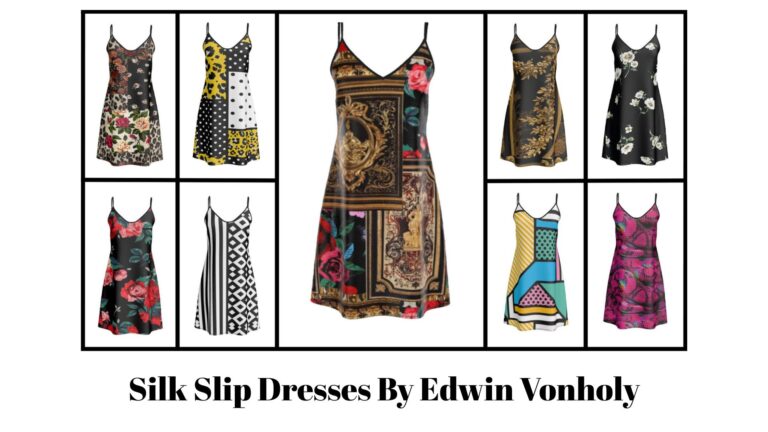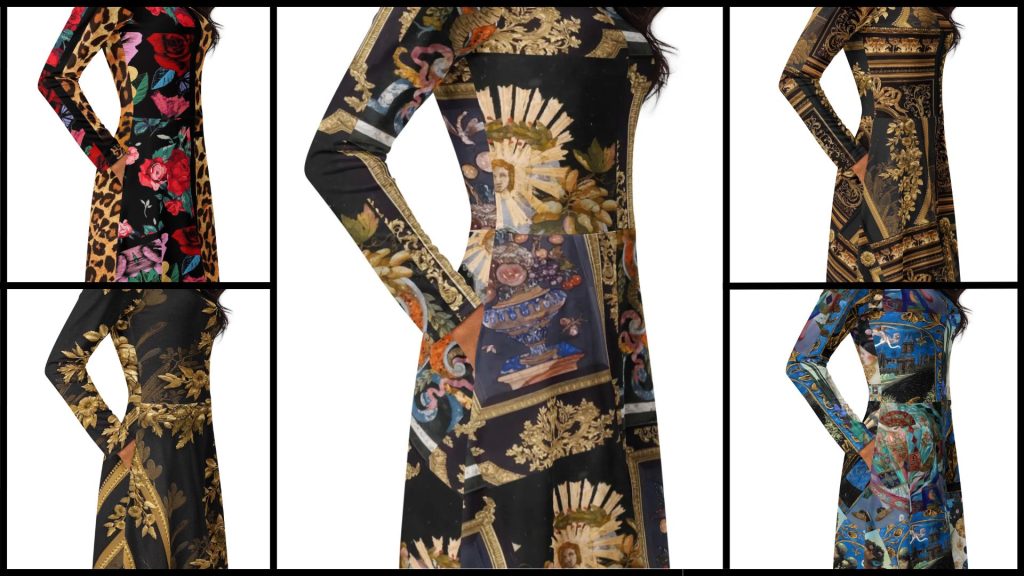Blue and Black Dress Debate: The Science Behind the Color Confusion
In February 2015, a seemingly simple image of a dress became an international phenomenon, dividing the internet over one burning question: What color is the dress? Some people swore it was blue and black, while others were adamant that it was white and gold. This optical illusion took social media by storm, sparking debates, memes, and discussions on the nature of human perception. But what’s the science behind this color confusion? Let’s dive into the fascinating optical illusion of the blue and black dress and explore how our brains perceive colors in different ways.
1. The Origins of the Blue and Black Dress Debate
How It All Started
The viral blue and black dress debate began on February 26, 2015, when Caitlin McNeill, a Scottish singer, posted a photo of a dress on her Tumblr page. She asked her followers whether they saw the dress as blue and black or white and gold. What seemed like a harmless question soon went viral, as millions of people around the world weighed in on the color controversy.
The debate spread quickly across social media platforms, with people on either side of the argument passionately defending their perception. Celebrities, influencers, and news outlets got involved, making it one of the most discussed viral phenomena of the year.
2. Why Did People See Different Colors?
The Role of Lighting and Perception
At the heart of the debate is the way our brains process light and color. The photo of the dress was poorly lit, with shadows and reflections affecting how the colors appeared. The primary reason why people saw different colors was due to the lighting in the image and how the human brain compensates for it.
In well-lit conditions, colors appear more vivid and true to life. However, in dim lighting or shadows, the brain has to make guesses about the true color of objects based on context and previous experience. Some people’s brains interpreted the lighting as being brighter, causing them to see the dress as white and gold, while others saw it as blue and black due to their brain’s compensation for the shadow.
The Effect of White Balance
The concept of “white balance” is crucial in understanding this phenomenon. White balance is the process by which our brains adjust the color of objects to appear natural under various lighting conditions. When the white balance is off, such as in the photo of the dress, it can cause colors to appear distorted. Depending on how individuals’ brains process the white balance of the image, they either saw the dress as white and gold or blue and black.
3. The Science of Color Perception
How the Brain Processes Light
When light enters our eyes, it hits the retina, which sends signals to the brain. The brain then processes these signals to determine what colors we see. However, the brain doesn’t just process the raw light information—it also makes assumptions based on context, such as the lighting conditions and surrounding colors.
In the case of the dress, some people’s brains “discounted” the lighting, assuming the photo was taken in a bright setting, while others assumed it was dimmer and darker. These assumptions led to different interpretations of the dress’s color.
Individual Differences in Color Perception
Our color perception is not identical. Factors such as age, genetics, and even the way our brains interpret light can cause us to perceive colors differently. Some individuals may be more sensitive to certain wavelengths of light, which can affect how they see colors like blue, gold, or white.
The blue and black dress debate highlights these individual differences in perception. It also brings to light the complex relationship between light, the brain, and how we interpret colors. This phenomenon isn’t unique to the dress—many optical illusions work by tricking the brain into interpreting colors and contrasts in unexpected ways.
4. The Psychological Factors at Play
The Brain’s Compensatory Mechanisms
Our brains are constantly working to make sense of the world around us, and when we encounter ambiguous images, like the photo of the dress, our brains attempt to fill in the gaps by making guesses based on our surroundings. These guesses can lead to misinterpretations of color.
For instance, when the brain encounters an image like the blue and black dress, it tries to adjust the image to match what it expects to see based on context clues. If the brain interprets the image as being taken in bright light, it may lighten the dress’s colors, resulting in a perception of white and gold. Conversely, if the brain processes the image as being in a shadowed environment, it may darken the colors, leading to a perception of blue and black.
Top-Down Processing and Expectations
The concept of top-down processing is another psychological factor that contributes to our color perception. This refers to the brain’s ability to use prior knowledge and expectations to interpret visual information. In the case of the dress, some people’s brains may have been influenced by the way they expected the dress to look, based on what they had already seen or been told about it.
This bias could explain why some people saw the dress as blue and black, while others saw it as white and gold. The brain is not just passively receiving visual input—it’s actively making decisions about what it thinks the world looks like, based on past experiences and expectations.
5. The Role of Context and Surrounding Colors
How Surrounding Colors Affect Our Perception
The blue and black dress also shows the importance of surrounding colors in influencing our perception. The color of an object doesn’t exist in isolation—it’s always seen in relation to other colors around it. In the case of the dress photo, the colors surrounding the dress (the background, shadows, and lighting) affected how the brain interpreted the color of the dress.
For example, if the surrounding environment contains warm tones (like yellow or gold), the brain may interpret the dress as having warmer hues, like white and gold. On the other hand, if the background contains cooler tones, the brain may interpret the dress as blue and black. This interplay between the dress and its surroundings is a key factor in the color confusion.
6. The Blue and Black Dress and the Internet
The Social Media Frenzy
The debate surrounding the blue and black dress quickly turned into an internet phenomenon. Social media platforms, news outlets, and even celebrities got involved, with people all over the world chiming in on the color debate. The hashtag #TheDress trended on Twitter, and memes about the dress spread like wildfire.
What made the dress debate so fascinating wasn’t just the optical illusion itself but also the widespread conversation it sparked. It became a global event, with people discussing the science of color perception, optical illusions, and even how different people see the world differently. The viral nature of the debate showed just how powerful social media can be in shaping discussions and creating cultural moments.
Conclusion: The Blue and Black Dress – A Colorful Lesson in Perception
The blue and black dress debate was more than just a viral sensation—it was a reminder of how complex and subjective our perception of the world can be. The science behind the confusion highlights the intricate relationship between light, the brain, and individual differences in perception. It also shows how our minds can play tricks on us, making the world appear differently depending on context and expectations.
While the true color of the dress was eventually revealed to be blue and black, the debate itself was a fascinating glimpse into the science of visual perception. The blue and black dress will forever be remembered as one of the most iconic optical illusions in internet history.






